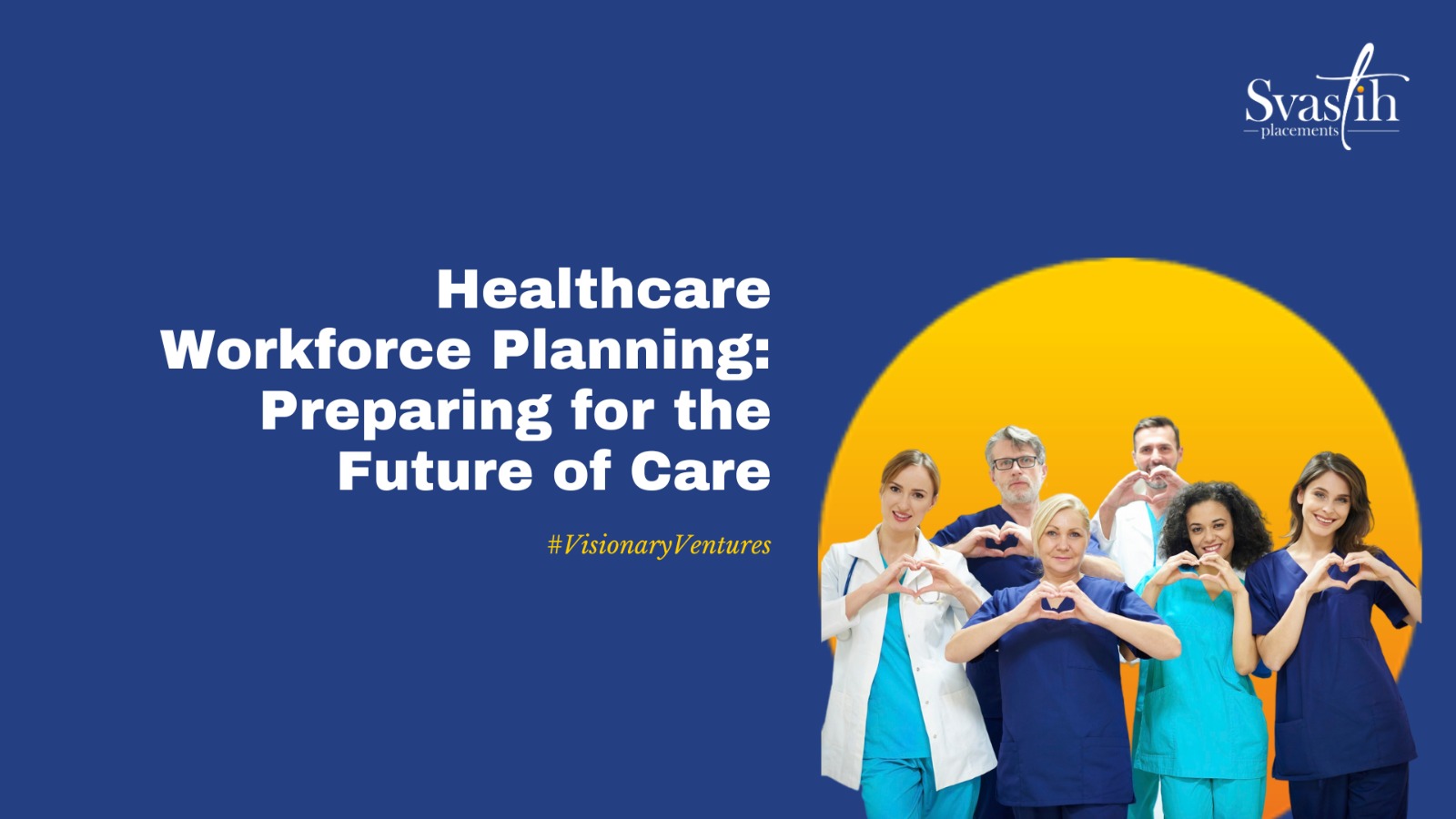
The Importance of Workforce Analysis
A thorough workforce analysis is the cornerstone of effective workforce planning. This involves evaluating the current skills and capabilities of the staff, identifying gaps, and forecasting future needs based on industry trends and data. A detailed analysis helps healthcare organizations understand where they stand and what steps are necessary to align their workforce with future demands. By recognizing these factors, organizations can develop targeted recruitment and training programs that address critical roles and prepare for emerging challenges.
Implementing Flexible Staffing Models
Flexibility in staffing is crucial for managing workforce fluctuations. Healthcare demands can be unpredictable, with sudden surges due to factors like seasonal illnesses or unexpected public health emergencies. Utilizing part-time, temporary, and telehealth options can provide the necessary flexibility. Part-time and temporary staff can help manage short-term increases in demand, while telehealth services can reduce the burden on in-person staff and provide care to patients in remote areas.
Telehealth has become increasingly significant, especially highlighted by the COVID-19 pandemic. It allows healthcare professionals to provide consultations, monitor patients, and offer support without the need for physical presence, thereby optimizing workforce utilization.
Promoting Continuous Learning and Development
The healthcare industry is characterized by rapid advancements in medical technology and practices. To keep pace, nurturing a culture of continuous learning and professional development is essential. Investing in ongoing training programs ensures that staff members remain competent and adaptable to new technologies and methodologies.
Professional development programs can include workshops, certifications, and online courses that keep healthcare professionals updated with the latest trends and practices. Encouraging staff to pursue further education and specialized training not only enhances their skills but also boosts morale and job satisfaction, leading to better patient care.
Collaboration and Partnerships
Collaboration across departments and with external partners is another vital aspect of strategic workforce planning. Engaging with educational institutions, professional associations, and other healthcare organizations can help create a pipeline of qualified professionals. Partnerships with universities and training centers ensure a steady supply of well-trained graduates ready to enter the workforce.
Additionally, collaborating with professional associations can facilitate the sharing of best practices and provide access to a broader network of resources and expertise. These partnerships are invaluable for staying ahead of industry trends and ensuring that the workforce is equipped to meet future challenges.
Aligning with Organizational Mission
At its core, strategic workforce planning is about aligning human resources with the organization’s mission to deliver high-quality care. This involves not just meeting immediate staffing needs but also preparing for future challenges and opportunities. Proactive and adaptive strategies help healthcare providers ensure that they have the right people in the right places at the right times.
Healthcare organizations with robust workforce planning can respond more effectively to changes in the healthcare landscape. They are better positioned to handle surges in patient demand, integrate new technologies, and implement innovative care models. This alignment between workforce capabilities and organizational goals is crucial for maintaining high standards of patient care and achieving long-term success.
Whether you’re seeking talent or advancing your healthcare career, we connect the right individuals to the right organizations. To learn more about how we can support your needs, click below.
